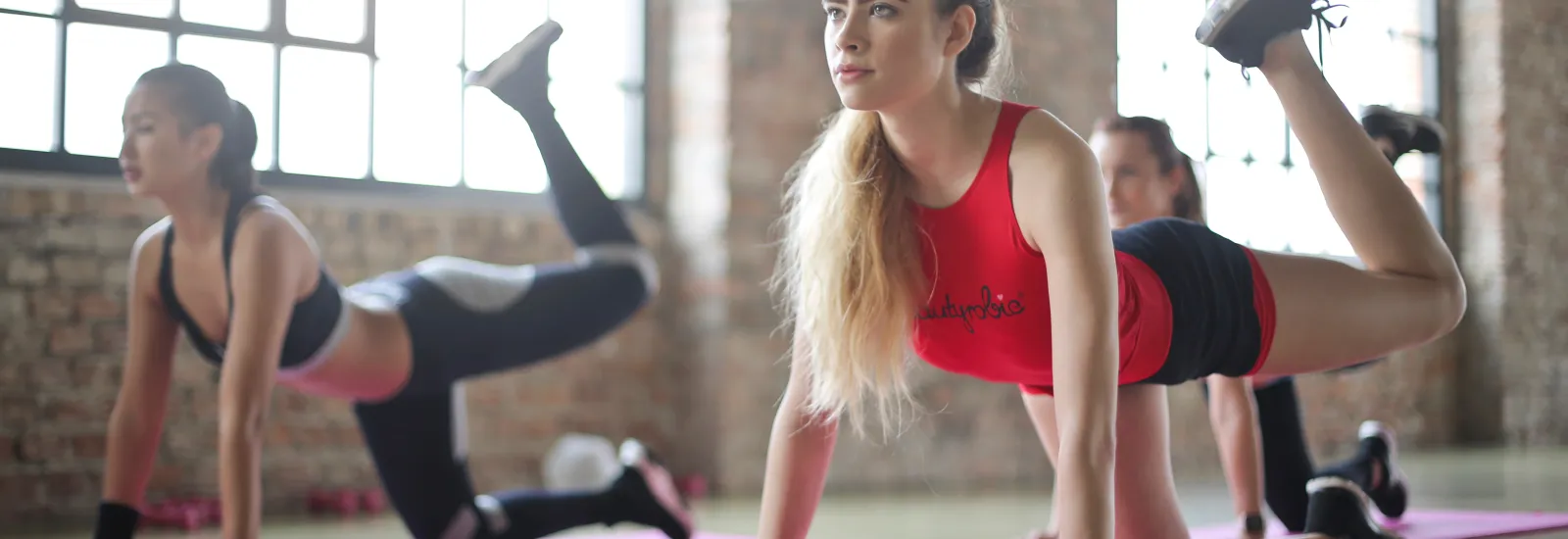
How to Use Weightlifting and Stretching to Prevent Muscle Strain
A muscle strain occurs when you tear a muscle or stretch it farther than it is meant to go. Depending on the severity of the strain, you might feel some soreness and tenderness, but the muscle still functions -- or the muscle might be damaged enough that you lose strength.
You're more likely to strain a muscle when working out or participating in a sport or other physical activity. Knowing how to prevent muscle strain -- and taking action to treat any strains or injuries before they become major problems -- can help keep you in the game
Why strength training can help prevent muscle strain
Athletic injuries often occur when a stress is placed on a particular muscle or joint. The sudden starts, stops, and twists involved in many sports can pull or strain a weakened muscle.
If you're active and athletic, you might think that you don't have to worry about muscle strain. The truth is many sports focus on building up one particular muscle group in the body, potentially creating an imbalance. Weightlifting and other forms of strength training help to bring balance to your muscles, provided you follow a varied routine and don't focus on one muscle group while neglecting the rest.
Strength training muscle strain prevention tips
In addition to making sure you train and tone all your muscles, there are a few other things you can do to reduce the risk of injury.
Poor form and lifting more than you can handle are two major causes of injury. If the amount you're trying to lift is too heavy for you, you won't be able to move through the full range of motion as you lift, and your muscles can be more susceptible to injury as a result.
It's also important not to overdo it with strength training. Your muscles need a break between workouts, especially if you have a game during the week. You don't want to push yourself so hard at the gym the day before a game that you're too tired or too weak to play.
Find better ways to train
Strength training is much more than simply lifting heavy weights off the ground.
Exercises, such as Pilates, use your body weight and focus on developing a better sense of balance and building the core, and are often better for you than more traditional weightlifting. Pilates and similar core-strengthening exercise routines also help you develop flexibility. Since the exercises mimic movements that you might do in real life, they are also more practical.
Know injuries common to your sport
Different sports affect different areas of the body. People who play soccer are more likely to put pressure on their hamstring muscles and the hip joint than people who swim. When you know the types of injuries that are most common in your sport, you're better able to develop a training program to help you avoid them.
For example, a soccer player might focus on building strength in their legs and on increasing the flexibility in their hips, while a swimmer might focus on building shoulder and arm strength and on stretches that loosen up the shoulder and elbow joints.
Stretch for muscle strain prevention
Strength training is just one part of the injury prevention puzzle. In addition to helping to strengthen your muscles, you also want to increase their flexibility so that they can move easily and are less likely to be pulled or strained. Stretching is an essential part of muscle strain prevention.
The value of stretching before and after a workout or before and after a game has been debated. Generally, the consensus is that it's a good idea to stretch before and after your game. To reduce the risk of injury, do a gentle warm-up before you start to stretch. Run in place for a few minutes or do some jumping jacks, then move into stretching.
The type of stretches you do also matter. When you stretch, keep the muscle still. You don't want to "bounce" it up and down, as doing so increases the risk of injury.
Go easy on yourself as you stretch. If it's a challenge to lean forward and touch your toes, go as far as you can without feeling pain. Hold the stretch for about 30 seconds, then release. Holding a stretch for longer or trying to reach so far that you feel a twinge or pain won't make you more flexible and might increase risk of injury.
Stretch again after your game or after your strength training routine. A stretching session at the end of your game helps to cool down the muscles and helps to increase flexibility.
Reid Health's Athletic Training Clinic works with athletes to help prevent injuries and to treat existing injuries. Whether you're an athlete who wants to avoid an injury on the field or someone who's recovering from an injury or surgery, our trainers are happy to work with you to help you get back in the game.

